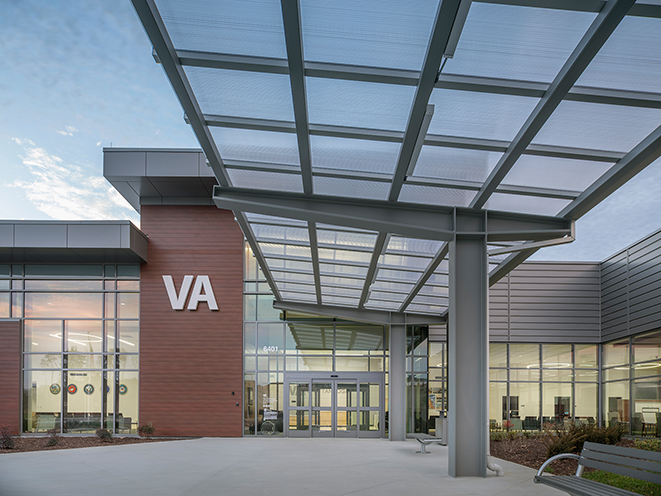What’s the biggest dilemma in designing a canopy? How about choosing between steel and aluminum for the structure?
Here are a few considerations:
- COST
“There’s a misperception in the market that if you go with aluminum, it’s a cheaper and off-the-shelf solution. While aluminum is usually cheaper, that’s not always true. People think steel is more expensive, but not always. It depends on the design,” says Mike Merritt, structural engineer and Duo-Gard’s Vice President of Sales. “For example, with a cantilever involved, it’s challenging to obtain the required strength with aluminum rather than steel.” He adds that while aluminum may be twice the cost of steel for the raw materials, the aluminum is finished, and the steel must be sand-blasted and finished. So the cost comes close. And at some point, steel becomes cheaper and is available in more shapes.
- SPAN
If a designer’s desired span runs to 20 – 30 – 40 feet, steel can easily accommodate this, while aluminum simply can’t.
- LOCATION
A canopy’s location plays a big role. In a salty environment, corrosion is a concern; aluminum doesn’t rust. However, any columns placed below grade must have a special coating; steel columns can just be buried.
- AESTHETICS
Aesthetics are important, of course. Aluminum can be clear anodized or bronze, Kynar painted, Tnemec or powder coated. Steel needs some kind of finish, typically Tnemec. Aluminum offers a sharp 90 degree profile; steel produces rounded corners.
- DRAINAGE
Drainage is a consideration. “Everyone wants internal drainage through a column. That can be an issue with aluminum, but much less of an issue with steel. When the water freezes, it can rupture the aluminum columns easily.
- LIGHTING
“Lighting fixtures are also a consideration,” Merritt points out. “They generally require holes to be cut, and when these are mounted to columns, design conditions can quickly dictate where those lights can and cannot be placed. Steel offers more options than aluminum in this regard.”
- INSTALLATION
Installation can be one of the most expensive parts of the canopy equation. Installing aluminum is lighter and easier, takes less time and labor. Steel requires special equipment, but affords the luxury of longer spans.
- LEAD TIME
Today, lead time is a critical component. Steel lead time can be measured in days; with aluminum, it’s measured in weeks. Shipping times are different too.
“A canopy’s design affects and involves many trades,” says Merritt, “from electrical to concrete, and collaboration is critical.” In fact, he adds, collaboration needs to begin in the design stage because it affects more than just the canopy and the way the trades handle their responsibilities for the duration.
Involving a structural engineer in the design phase has major advantages, says Merritt. “Choosing the structure for a canopy is one of the most challenging aspects,” he adds. “This is where Duo-Gard really shines. The design phase is the first opportunity to explore alternatives you may not be aware of – alternatives that can increase cost effectiveness and ensure your design’s integrity while enhancing its flexibility.”
There’s no one size-fits-all answer here, Merritt says: “Duo-Gard works in both aluminum and steel and received AISC certification in 2019. The engineers at Duo-Gard help architects and designers find not just the right answer, but the best one for each project. We’ve been doing it for more than 37 years. We can do it for you.”



